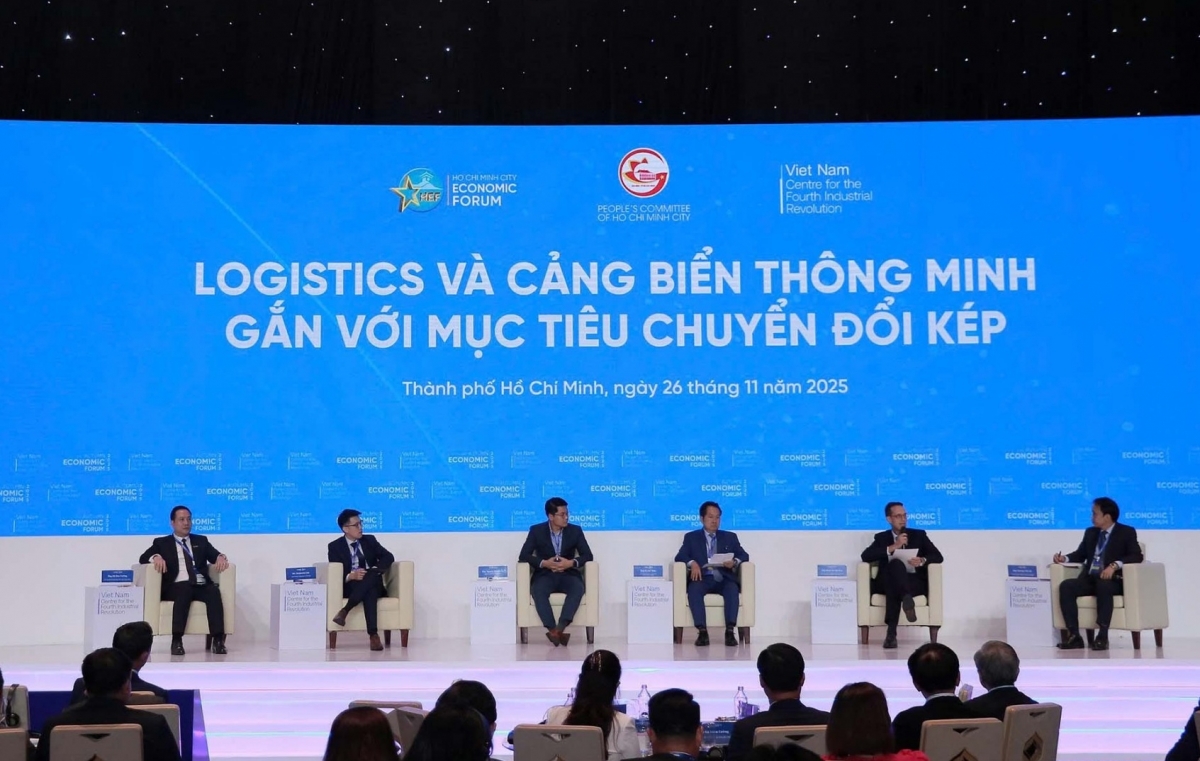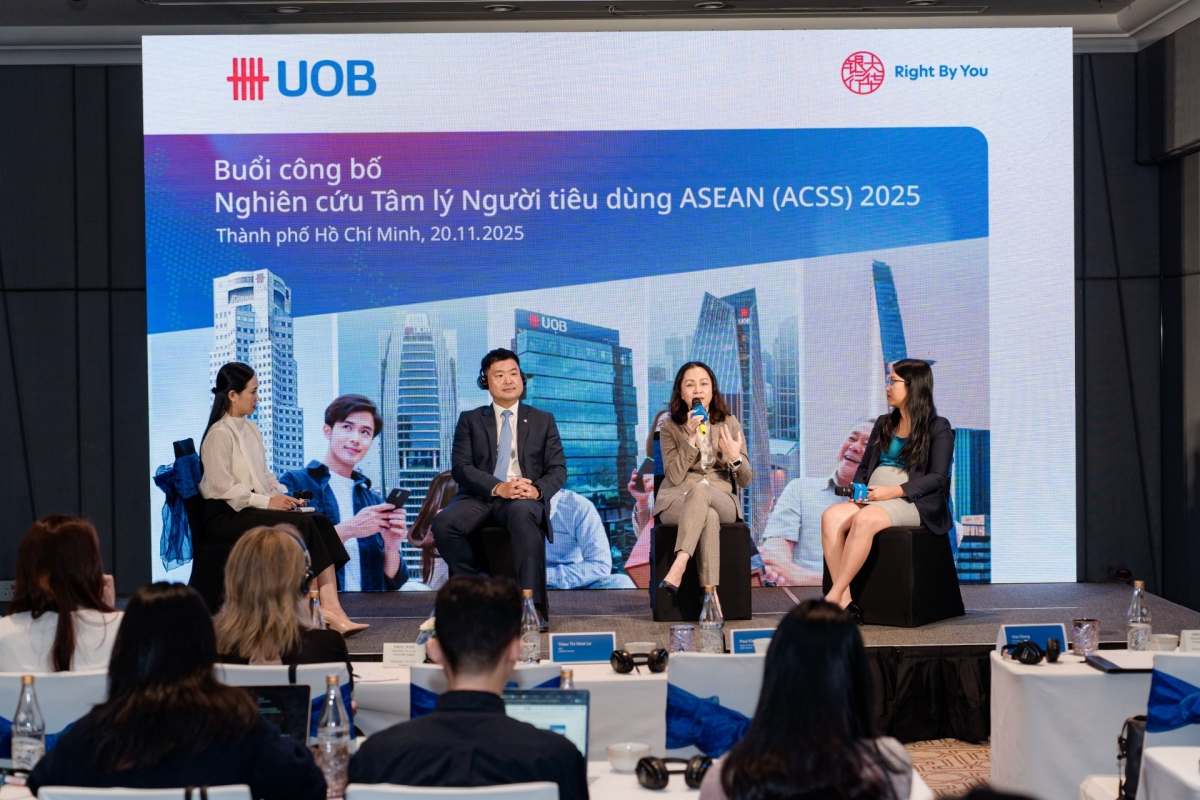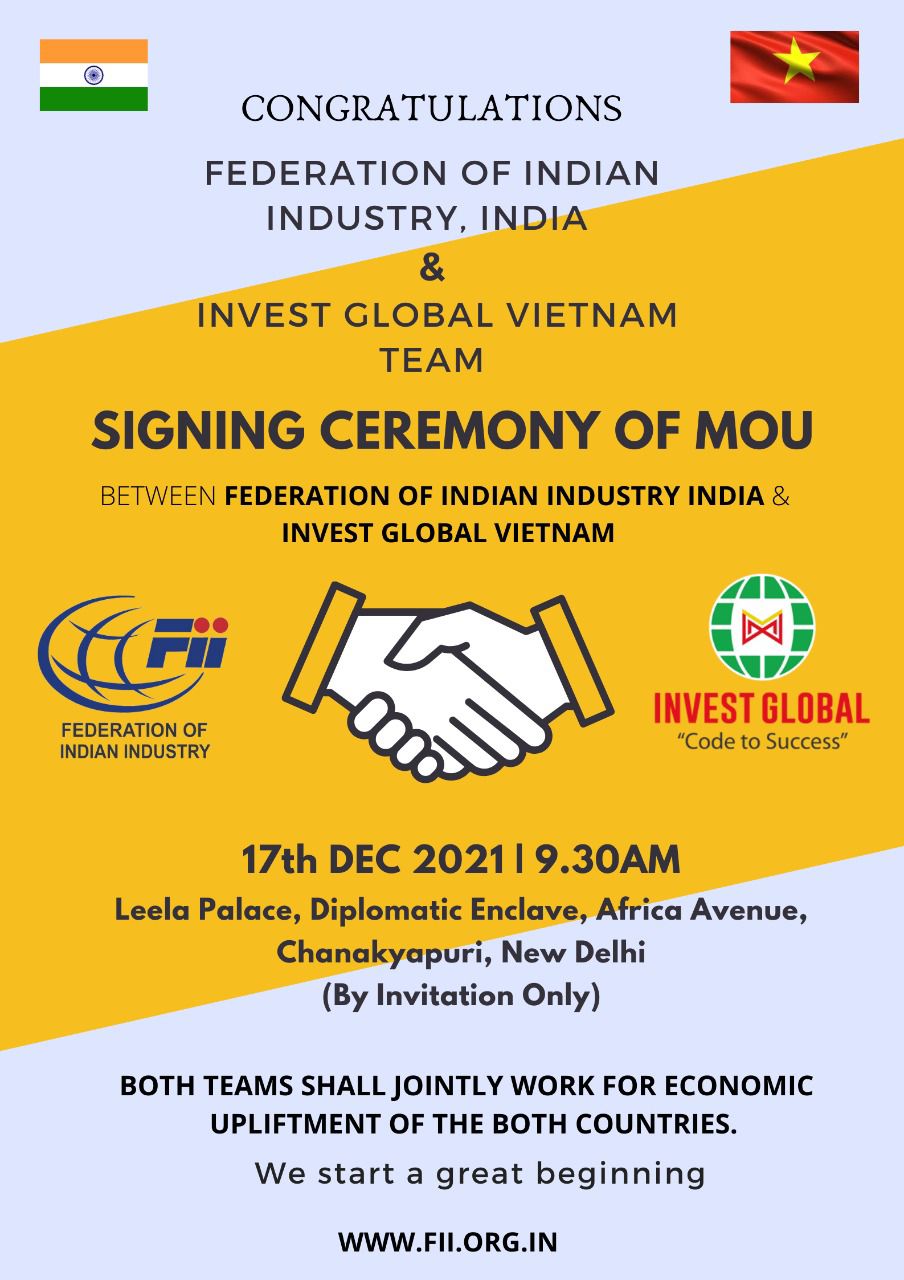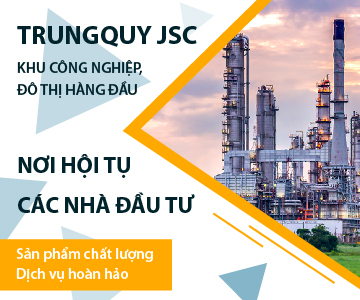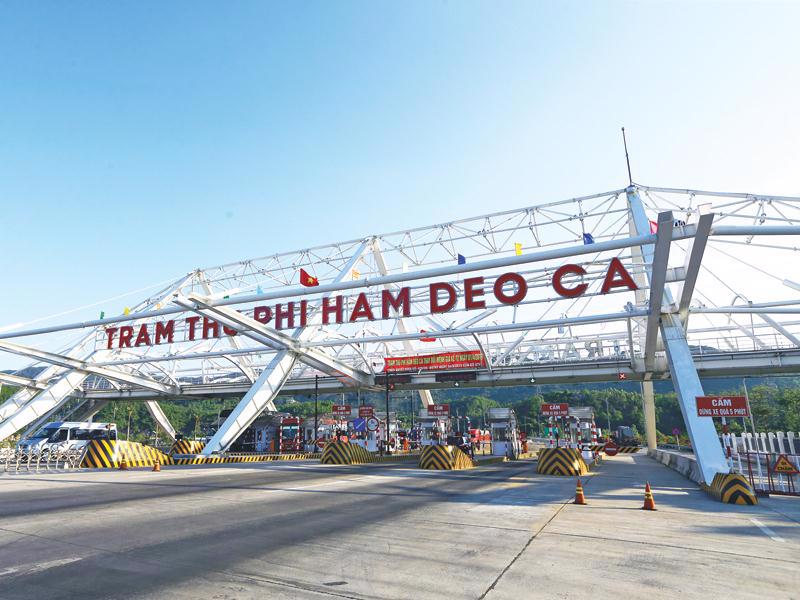INTERNATIONAL INVESTMENT
AND PORTAL
The conference was one of the highlights of a series of events held during the twin exhibitions: the Vietnam-Japan Supporting Industries Exhibition (SIE 2025) and the Vietnam Manufacturing Expo (VME 2025), taking place from August 6-8.
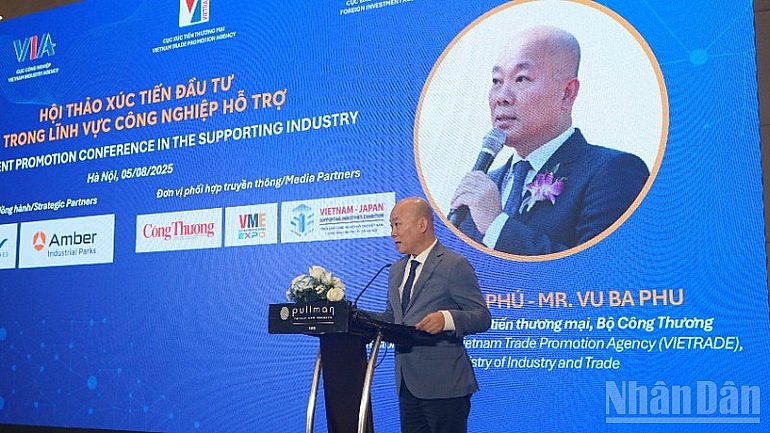 Vu Ba Phu, director general of the Vietnam Trade Promotion Agency. Source: Nhandan.vn
Vu Ba Phu, director general of the Vietnam Trade Promotion Agency. Source: Nhandan.vn
The event sought to enhance cooperation, promote investment attraction, and effectively implement ventures between localities, industrial parks, industrial clusters, and Vietnamese enterprises with foreign-invested enterprises (FIEs), thereby participating in the global supporting industry value chain.
Vu Ba Phu, director general of the Vietnam Trade Promotion Agency under the Ministry of Industry and Trade, said that amidst a reshaping global supply chain, Vietnam is emerging as a new strategic manufacturing hub in Southeast Asia. The Vietnamese government places special emphasis on the development of supporting industries, offering various incentives in investment, trade, and technical assistance, with the aim of raising the localisation rate and reducing import dependence.
The Vietnam Trade Promotion Agency has been actively coordinating with the Industry Agency, the Foreign Investment Agency, the Japan External Trade Organisation (JETRO), the Korean Trade-Investment Promotion Agency, and nearly 60 Vietnamese trade offices abroad to implement numerous investment promotions in the industry and trade sectors. These efforts focus on regular engagement with potential FIEs to expand cooperation opportunities, aiming to establish strong links and integrate into Vietnam’s industrial production value chain.
Foreign direct investment (FDI) is playing an increasingly important role in the supporting industry. Japan continues to be one of Vietnam’s strategic investors, making significant contributions to the development of key industries, including supporting industries. According to the Foreign Investment Agency under the Ministry of Finance, as of the end of June, Japan was the third-largest foreign investor in Vietnam, with 5,603 valid projects and total registered capital of $79.47 billion.
Currently, Vietnam has around 5,000 enterprises operating in supporting industries, including about 1,700 FIEs, accounting for 40 per cent of the total number of businesses in the industry. "This clearly reflects the growing interest in and the increasingly important role of Vietnam in the global supply chain," Phu said.
However, he expressed concern that the localisation rate in many sectors remains modest: textiles and footwear at around 45-50 per cent, mechanical engineering at 15-20 per cent, and automobile assembly at 15-20 per cent. Among the more than 6,000 supporting industry enterprises in Vietnam, only about 10 per cent of the domestic demand for components and spare parts is currently being met.
Nearly 88 per cent of enterprises in the supporting industry are small- and medium-sized, most of which operate with outdated equipment, lack quality standards, and have limited technological capabilities. Only about 10 per cent of these businesses have adopted automation, and fewer than 20 per cent have achieved ISO certification or implemented modern management models such as 5S, Lean, or TQM.
"As a result, most domestic enterprises are only involved in low-value processing stages, making it difficult to access large-scale, high-standard orders from leading global corporations," Phu emphasised. “In only local enterprises, the localisation rate is just around 15.7 per cent."
These realities suggest that Vietnam has considerable potential for developing its supporting industries. They also underscore the urgent need to enhance domestic enterprises’ production capacity, product standards, management skills, and their ability to collaborate and integrate into supply chains with FIEs.
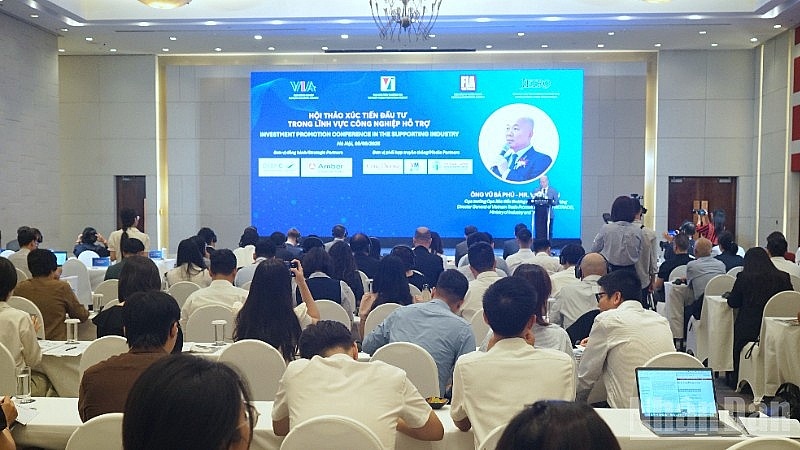 Source: Nhandan.vn
Source: Nhandan.vn
According to Takahiro Kono, director of business development at JETRO, a 2024 survey found that over 56 per cent of Japanese enterprises in Vietnam plan to expand their investment within the next few years. Nearly half of these operate in the manufacturing sector, with a top priority of expanding local input supply chains.
"Although the ambition to expand business remains relatively stable, Vietnam continues to lead ASEAN countries in this regard," he said.
The shift of production from Japan and China to ASEAN has increased significantly, with Vietnam being the primary destination. Out of a total of 176 cases of production relocation from China to ASEAN, Vietnam accounted for more than half, with 90 cases. The reason cited include responding to the production shift of customers, coping with tariffs due to the US-China trade war, and avoiding uncertainties in business operations in China.
Regarding the scale of production relocation from Japan and China to Vietnam, approximately 60 per cent of enterprises responded that they had relocated 1 per cent to 50 per cent of their production. However, around 10-20 per cent of enterprises indicated that they had completely relocated their production operations.
Pham Thanh Binh, director of Northern Investment Promotion, Information, and Support Centre under the Ministry of Finance's Foreign Investment Agency, said, "Vietnam is a leading investment destination in the region with a continuously improving, transparent investment environment and growing competitiveness. Japan remains one of Vietnam's strategic investors, and significantly contributes to the development of key industries, especially supporting industries."
He emphasised the role of supporting industries as a foundation for sustainable development and resilience against external shocks, supplying input materials to other industrial sectors, creating added value and enhancing the competitiveness of major industrial products, and driving the nation's industrialisation and modernisation.
Supporting industries are supported by the Vietnamese government through various policies and incentives, like investment incentives for supporting industries and others related to corporate income tax, import tax, land, and access to preferential credit.
Additionally, the government has issued and implemented the Supporting Industry Development Programme under Decision No.68/QD-TTg in 2017, including support for consultancy and training aimed at enhancing business administration and production management following international standards; support for enterprises in technological innovation, technical improvement, and participation in global supply chains; and support for participation in domestic and international exhibitions and trade fairs to seek partners and expand markets.
 FDI in Vietnam surges on strong reinvestment and share purchases
FDI in Vietnam surges on strong reinvestment and share purchases
Foreign investment in Vietnam continues to rise sharply, driven by capital adjustments and share purchases, despite a dip in newly registered funds.
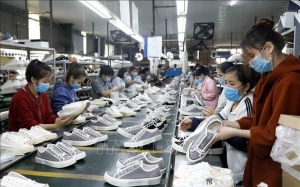 Vietnam’s leather-footwear industry sees double-digit export growth in H1
Vietnam’s leather-footwear industry sees double-digit export growth in H1
Vietnam's leather and footwear industry posted more than $14 billion in total export value in the first six months of the year, reaffirming its resilience and strategic position in the global supply chain.
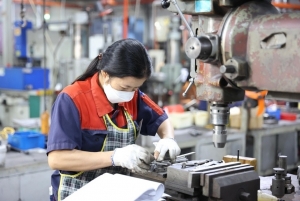 New decree paves the way for supporting industry breakthrough
New decree paves the way for supporting industry breakthrough
Vietnam has rolled out new incentives under Decree 205 to empower supporting industries, foster technology adoption, and elevate small- and medium-sized enterprises (SMEs)' competitiveness in domestic and international supply chains.
